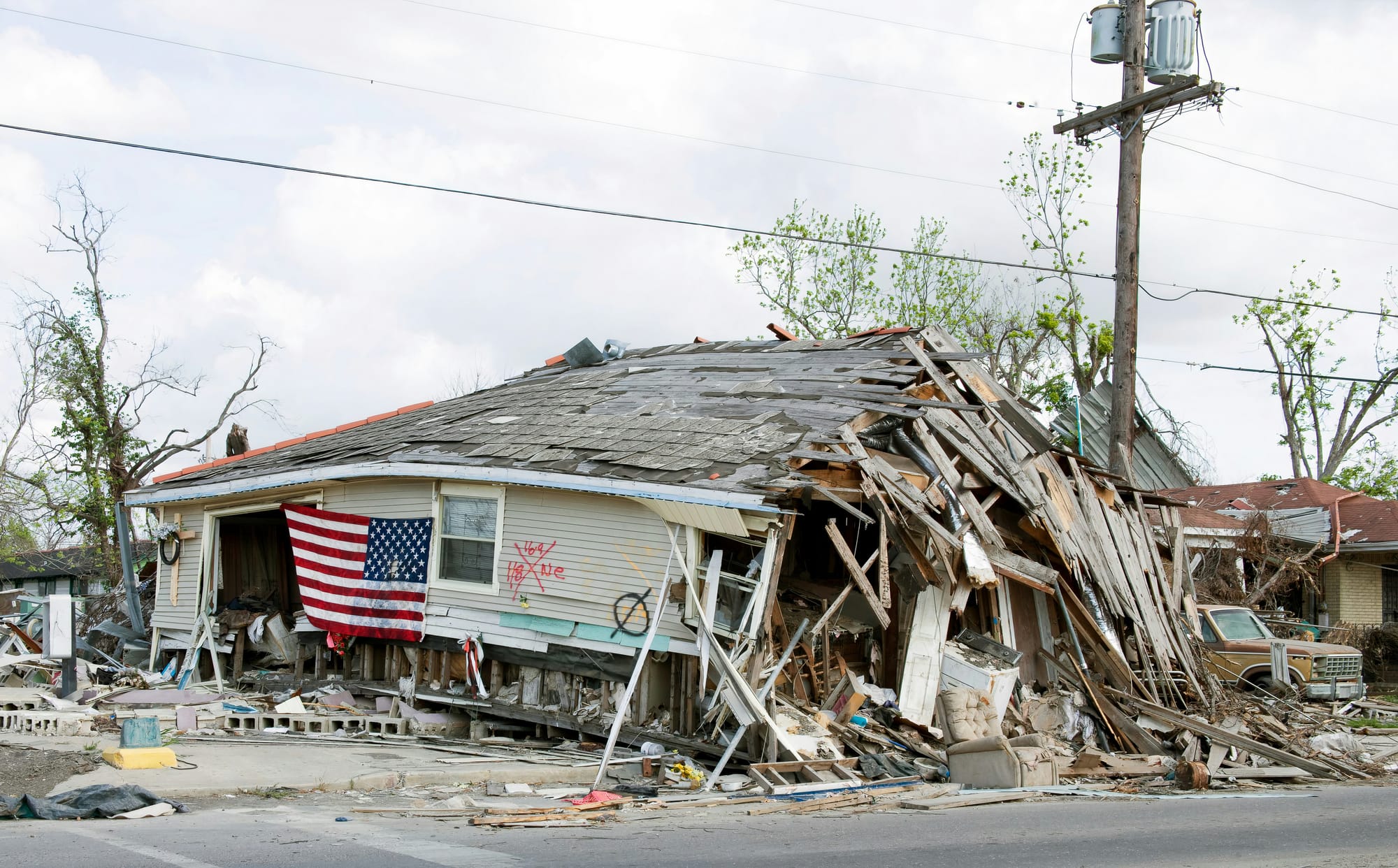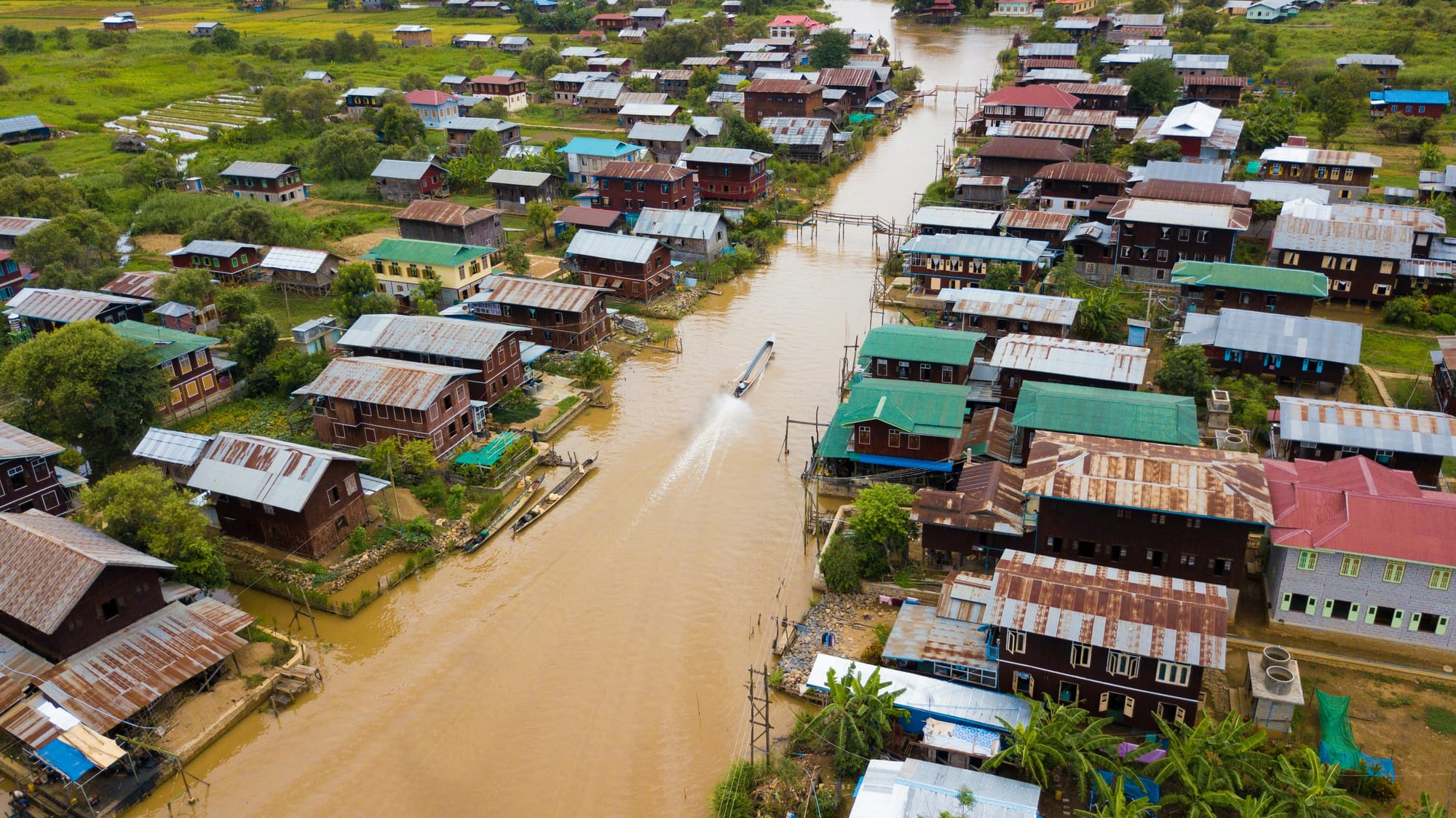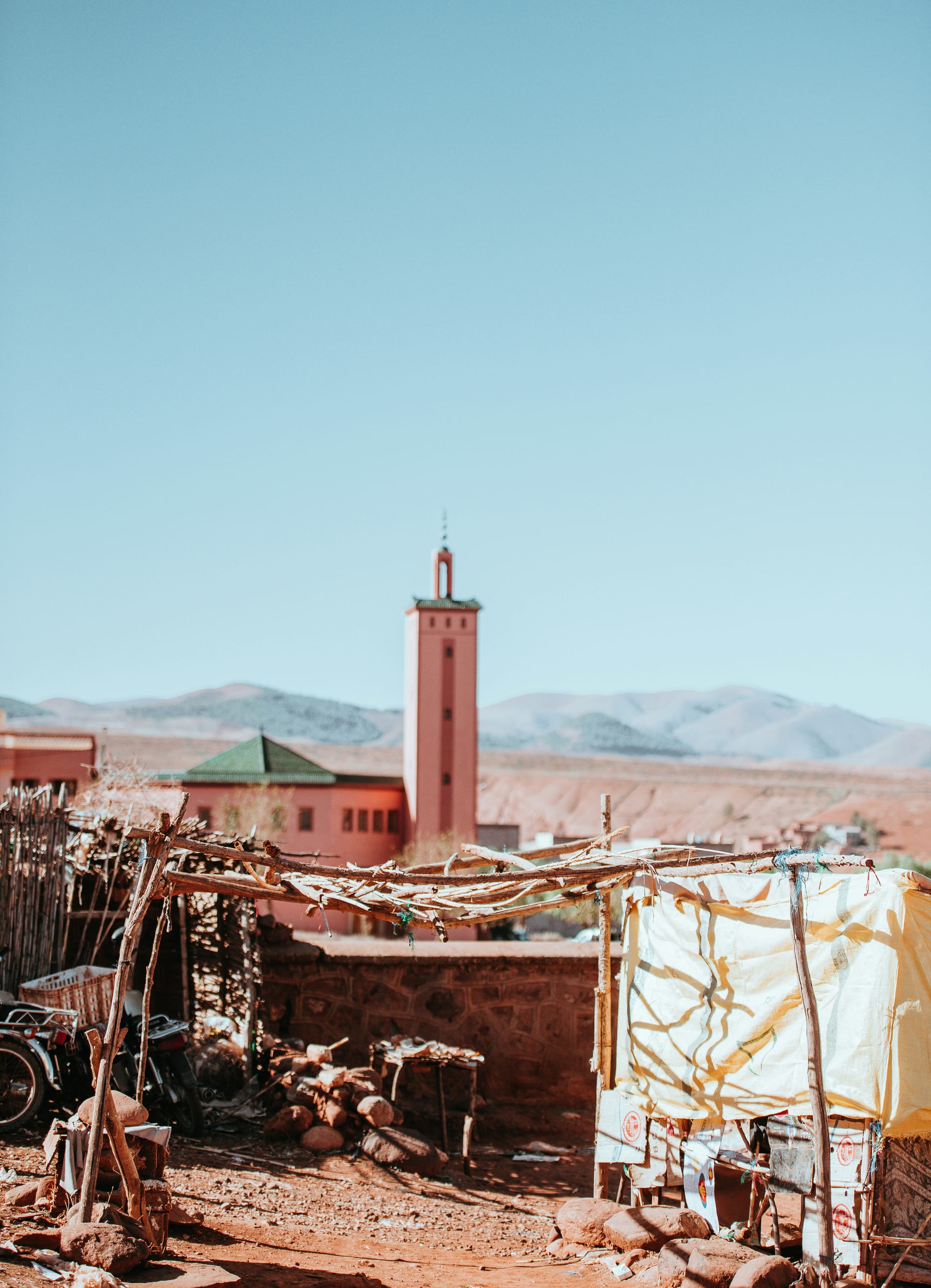When natural disasters strike, they don’t just put a strain on infrastructure and environmental resources. They also test the resilience of the communities they impact—and the government organizations responsible for helping people rebuild.
As families across Los Angeles still struggle to recover from the 2025 wildfires, we’re taking a look at past natural disaster responses to see what did—and didn’t—work so well. We’ve already unpacked success stories of restoration, like the Indonesian government’s support after the 2004 Indian Ocean tsunami and the UN Volunteers’ initiative after the Nepal earthquake of 201. But now we’re taking a different approach.
We’re diving into actionable disasters with less-successful recovery outcomes. So we can see where restoration fell short and pull some actionable lessons for organizations and community leaders supporting LA families.
Hurricane Katrina (New Orleans, 2005)
Hurricane Katrina was a catastrophic Category 3 hurricane that struck the Gulf Coast of the United States in August 2005, causing the deaths of approximately 1,800 people and leaving millions homeless along the Gulf Coast, particularly in New Orleans. It is remembered as one of the deadliest and costliest natural disasters in U.S. history, destroying or damaging more than 200,000 homes along the Gulf Coast and causing an estimated $100 billion in damages.

What went wrong:
- Ignored warnings and poor preparedness: Long-standing warnings about the city’s vulnerability were left unaddressed. Meanwhile levees and floodwalls weren’t properly maintained, leading to catastrophic flooding.
- Delayed and disorganized response: Massive delays. No clear command structure. Fractured communication channels. This all contributed to chaos and confusion among local, state, and federal agencies, ultimately costing lives.
- Barriers for marginalized groups: Low-income and Black residents, in particular, had trouble accessing aid and resources for rebuilding. Many also didn’t have insurance or guidance navigating complex application processes.
- Bureaucratic red tape: Aid distribution was hindered by excessive paperwork and slow decision-making. FEMA’s own regulations prevented the proper use of available resources in flood-prone areas where they were most needed.
Cyclone Nargis (Myanmar, 2008)
Cyclone Nargis was a powerful tropical cyclone that made landfall in Myanmar in May 2008, killing an estimated 140,000 people and destroying more than 185,000 buildings. It is considered the worst natural disaster in Myanmar’s recorded history.

What went wrong:
- Restrictive government policies: The government initially blocked international aid and tightly controlled community response, limiting the reach of recovery efforts.
- Neglect of local needs: Affected communities weren’t part of the decision-making process, resulting in ineffective aid and missed opportunities for local empowerment.
- Building back…but not better: Disaster risk reduction (DRR) strategies weren’t part of rebuilding programs from the start, leaving new structures just as vulnerable to future disasters.
Morocco Earthquake (2023)
In September 2023, a magnitude 6.8 earthquake struck central Morocco, killing more than 2,800 people and damaging or destroying nearly 60,000 houses. It was one of the strongest and deadliest earthquakes to hit the region in over a century.

What went wrong:
- Inadequate infrastructure: Poor construction and lack of resilient infrastructure in mountain regions led to widespread devastation and slow recovery.
- Challenging terrain: Remote, mountainous areas were difficult to access, obstructing rescue and aid delivery. Damaged roads and landslides also made communities hard to reach, leaving many survivors in tent settlements or informal shelters for months.
- Slow progress: Despite ambitious government plans, only a fraction of targeted homes were rebuilt within the first year. The government’s decision to limit foreign aid dramatically slowed down recovery and reduced resources.
Charting a better path forward
The failures of past disaster recovery efforts aren’t just tragic footnotes in history; they’re cautionary tales for communities facing their own tragedies now and in the years to come. While it’s tough to pull “lessons learned” or any type of silver lining from very real stories of disaster, it can help save lives and even prevent widespread destruction going forward.
For Los Angeles, specifically, the path ahead after the 2025 wildfires must be built on equity, resilience, and community engagement. By learning from what went wrong in the past, our local organizations and leaders can avoid repeating history and instead chart a more resilient future.
Disclaimer: The content shared in our blog is for informational purposes only and should not be considered legal, medical, or financial advice. Please consult with a qualified professional for guidance specific to your situation.

